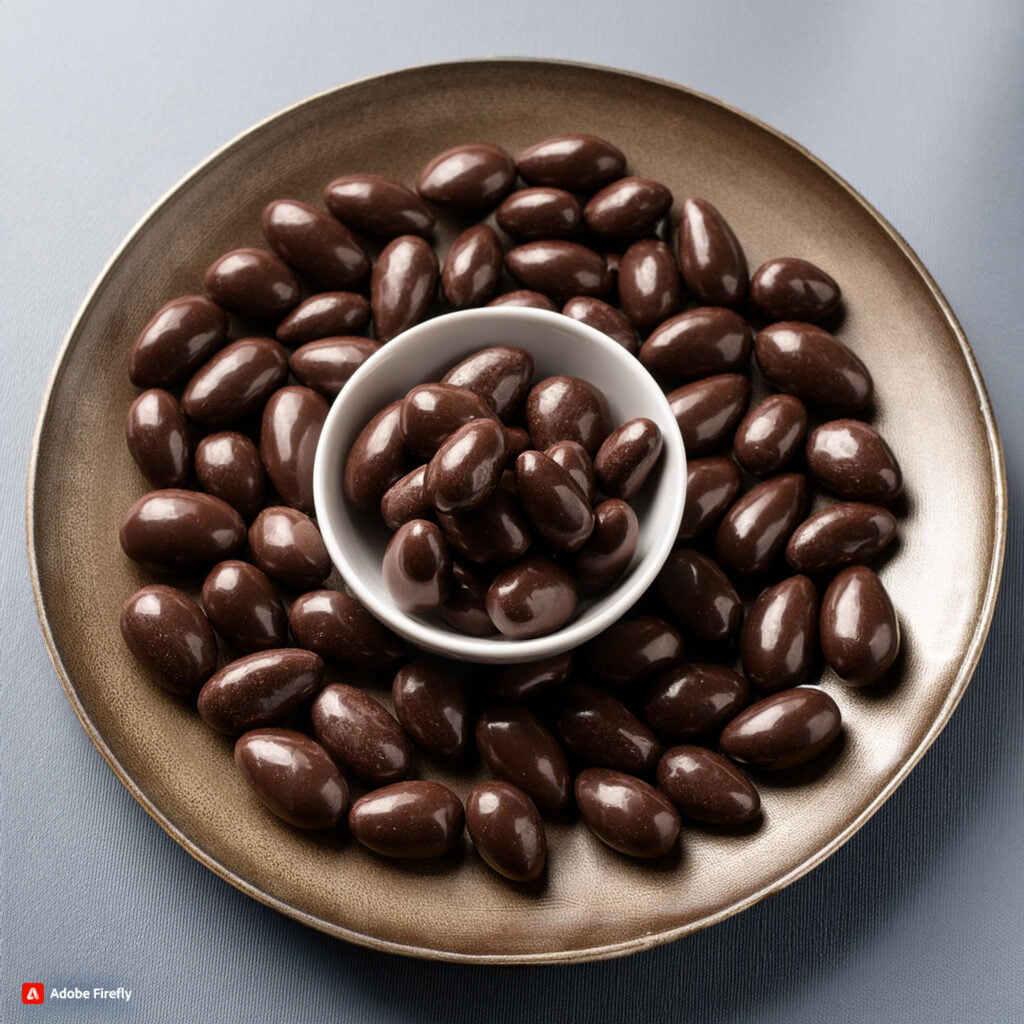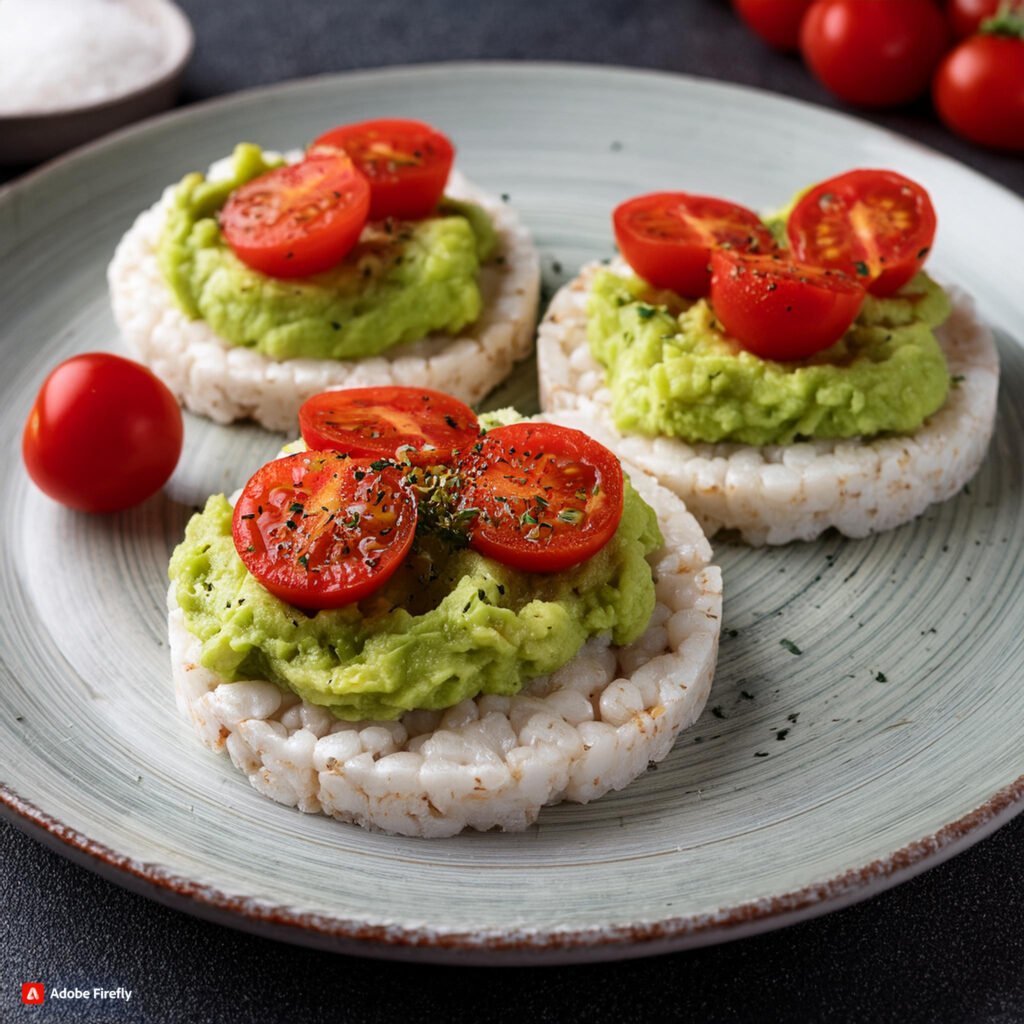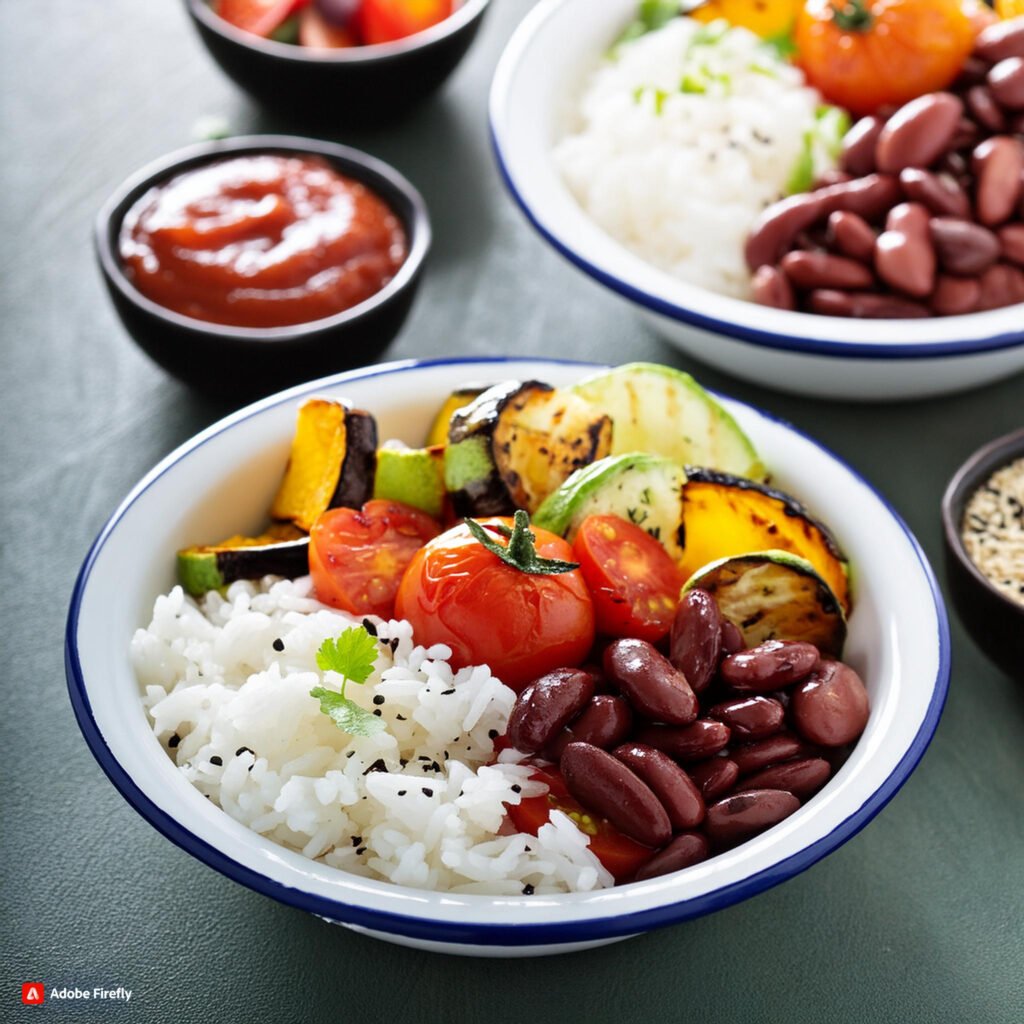Cooking with kids is not just about making food; it’s about creating memories, teaching valuable life skills, and fostering a love for healthy eating. When kids get involved in the kitchen, they’re more likely to try new foods, particularly vegetables. If you’re looking for ways to make healthy eating fun for your little ones, these veggie cooking activities are just what you need.
In this post, we’ll explore a variety of engaging and educational veggie-based cooking activities that you can enjoy with your kids. From pizza making to smoothie blending, these activities will spark your children’s creativity while teaching them the importance of a balanced diet.
Why Veggie Cooking Activities?

Introducing vegetables into your child’s diet can sometimes be a challenge. However, when kids are involved in the preparation process, they develop a sense of ownership and pride in the dishes they create. Veggie cooking activities not only encourage kids to try new vegetables but also help them develop fine motor skills, creativity, and a better understanding of nutrition.
Let’s dive into some fun and interactive veggie cooking activities that will get your kids excited about eating their greens!
Activity 1: Veggie Pizza Making
Why It Works:
Pizza is a universally loved dish, and veggie pizza making is a great way to introduce kids to a variety of vegetables in a fun and familiar format. By allowing children to choose their own toppings, they feel empowered to create something they’ll enjoy eating.
How to Get Started:
- Ingredients: Whole grain pizza dough, tomato sauce, shredded cheese, and an assortment of vegetables like bell peppers, tomatoes, mushrooms, olives, and spinach.
- Instructions: Set up a pizza-making station with pre-prepared dough and various vegetable toppings. Let kids spread the sauce, sprinkle the cheese, and decorate their pizzas with their favorite veggies. Once assembled, bake the pizzas in the oven until the crust is golden and the cheese is bubbly.
Benefits:
This activity teaches kids about portion control, the importance of vegetables in their diet, and the joy of creating a meal from scratch. Plus, they’ll love eating the pizza they made themselves!
Activity 2: Garden Veggie Wraps

Why It Works:
Garden veggie wraps are a simple, no-cook option that’s perfect for lunch or a light dinner. Kids can mix and match different veggies to create a wrap that’s both tasty and nutritious.
How to Get Started:
- Ingredients: Whole grain tortillas, lettuce, cucumber slices, shredded carrots, avocado, and any other fresh vegetables your kids enjoy.
- Instructions: Lay out the tortillas and let kids choose their fillings. They can spread some hummus or cream cheese on the tortilla, then layer in the veggies. After filling, simply roll up the tortilla and enjoy!
Benefits:
This activity encourages kids to try new vegetables and teaches them about making balanced, nutritious meals. It’s also a great way to practice rolling and folding, which helps develop motor skills.
Activity 3: Rainbow Salad Creations
Why It Works:
Kids are naturally drawn to bright colors, and a rainbow salad is an excellent way to introduce them to a variety of vegetables in a visually appealing way. This activity also reinforces the idea that a colorful plate is often a nutritious one.
How to Get Started:
- Ingredients: Cherry tomatoes, bell peppers, shredded carrots, purple cabbage, cucumbers, and any other colorful vegetables you have on hand.
- Instructions: Provide each child with a bowl and let them create their own “rainbow” by arranging the vegetables in the order of the rainbow colors. You can also provide some simple salad dressings for them to drizzle on top.
Benefits:
Rainbow salads teach kids about the different nutrients found in various vegetables and encourage them to try new foods. It’s also a fun way to reinforce lessons about colors and healthy eating.
Activity 4: Veggie Skewer Assembly

Why It Works:
Veggie skewers are fun to make and even more fun to eat! Kids can get creative by choosing their favorite vegetables and assembling them into colorful kebabs. This activity also helps develop hand-eye coordination and fine motor skills.
How to Get Started:
- Ingredients: Cherry tomatoes, cucumber slices, bell pepper chunks, mushrooms, zucchini slices, and any other vegetables that can be easily threaded onto skewers.
- Instructions: Provide each child with a skewer (wooden or metal) and let them choose and thread the vegetables in any order they like. Once assembled, the skewers can be eaten raw or grilled for added flavor.
Benefits:
This activity encourages kids to experiment with different vegetable combinations and teaches them about the different textures and flavors of raw versus cooked vegetables.
Activity 5: Veggie Pasta Salad Tossing
Why It Works:
Pasta salads are a versatile and easy dish that kids can help prepare. By adding a variety of vegetables, you can create a nutritious meal that’s both filling and delicious.
How to Get Started:
- Ingredients: Cooked pasta (whole wheat or gluten-free options work well), chopped broccoli, cherry tomatoes, black olives, and a simple vinaigrette dressing.
- Instructions: Let kids toss the cooked pasta with the chopped vegetables in a large bowl. Once everything is mixed, drizzle the vinaigrette dressing over the salad and toss again to coat. Serve immediately or chill in the fridge for later.
Benefits:
This activity teaches kids about balance and variety in their meals. They’ll learn how to combine different ingredients to create a dish that’s both nutritious and tasty.
Activity 6: Veggie Smoothie Blending

Why It Works:
Smoothies are a great way to sneak in a serving of vegetables without kids even realizing it. By letting kids choose their own ingredients and operate the blender (with supervision), they’ll be more likely to drink up.
How to Get Started:
- Ingredients: Spinach, banana, berries, yogurt, and any other fruits or vegetables your kids enjoy.
- Instructions: Set up a smoothie station with various fruits, vegetables, and liquids (like almond milk or orange juice). Let kids add the ingredients to the blender and blend until smooth. Serve in a fun cup or bowl with a straw.
Benefits:
Smoothie blending teaches kids about the different textures and flavors of fruits and vegetables, and it’s a great way to get them excited about healthy drinks.
Activity 7: Veggie Dip Dunking
Why It Works:
Dipping is always fun, and this activity encourages kids to eat more raw vegetables by pairing them with tasty homemade dips. It’s a great way to make snack time both fun and nutritious.
How to Get Started:
- Ingredients: Carrot sticks, celery sticks, cucumber slices, and homemade dips like hummus, yogurt-based ranch, or guacamole.
- Instructions: Prepare a variety of vegetable sticks and place them on a platter. Provide small bowls of homemade dips and let kids dunk their veggies into the dips.
Benefits:
This activity teaches kids about portion control and the benefits of pairing vegetables with healthy fats and proteins found in dips like hummus and guacamole.
Activity 8: Veggie Muffin Baking

Why It Works:
Baking with kids is always a hit, and veggie muffins are a delicious way to incorporate vegetables into a treat that kids will love. By mixing shredded vegetables like zucchini or carrots into muffin batter, you can create a healthy snack or breakfast option.
How to Get Started:
- Ingredients: Whole wheat muffin batter, shredded zucchini or carrots, and optional add-ins like nuts or dried fruit.
- Instructions: Prepare the muffin batter according to your recipe, then let kids mix in the shredded vegetables. Pour the batter into muffin cups and bake according to the recipe’s instructions. Once baked, let the muffins cool before enjoying.
Benefits:
This activity teaches kids about baking, measurements, and how to sneak vegetables into their favorite treats. It’s also a great way to bond over a shared love of baking.
Conclusion: Inspiring Healthy Eating Habits Through Fun Cooking Activities
By incorporating these fun veggie cooking activities into your routine, you can inspire your kids to become more adventurous eaters and develop a lifelong appreciation for healthy cooking and eating. These activities not only make vegetables more appealing but also provide valuable lessons in nutrition, creativity, and kitchen skills.
So grab your aprons and chef hats, and get ready to create some delicious and nutritious veggie dishes with your kids. With a little creativity and enthusiasm, you can turn meal prep into a fun and educational experience that your whole family will enjoy.
4o






Business dicker Hi there to all, for the reason that I am genuinely keen of reading this website’s post to be updated on a regular basis. It carries pleasant stuff.
Baddiehubs I appreciate you sharing this blog post. Thanks Again. Cool.
Pink Withney Awesome! Its genuinely remarkable post, I have got much clear idea regarding from this post . Pink Withney
SocialMediaGirls I am truly thankful to the owner of this web site who has shared this fantastic piece of writing at at this place.
Fran Candelera I like the efforts you have put in this, regards for all the great content.
Muchas gracias. ?Como puedo iniciar sesion?